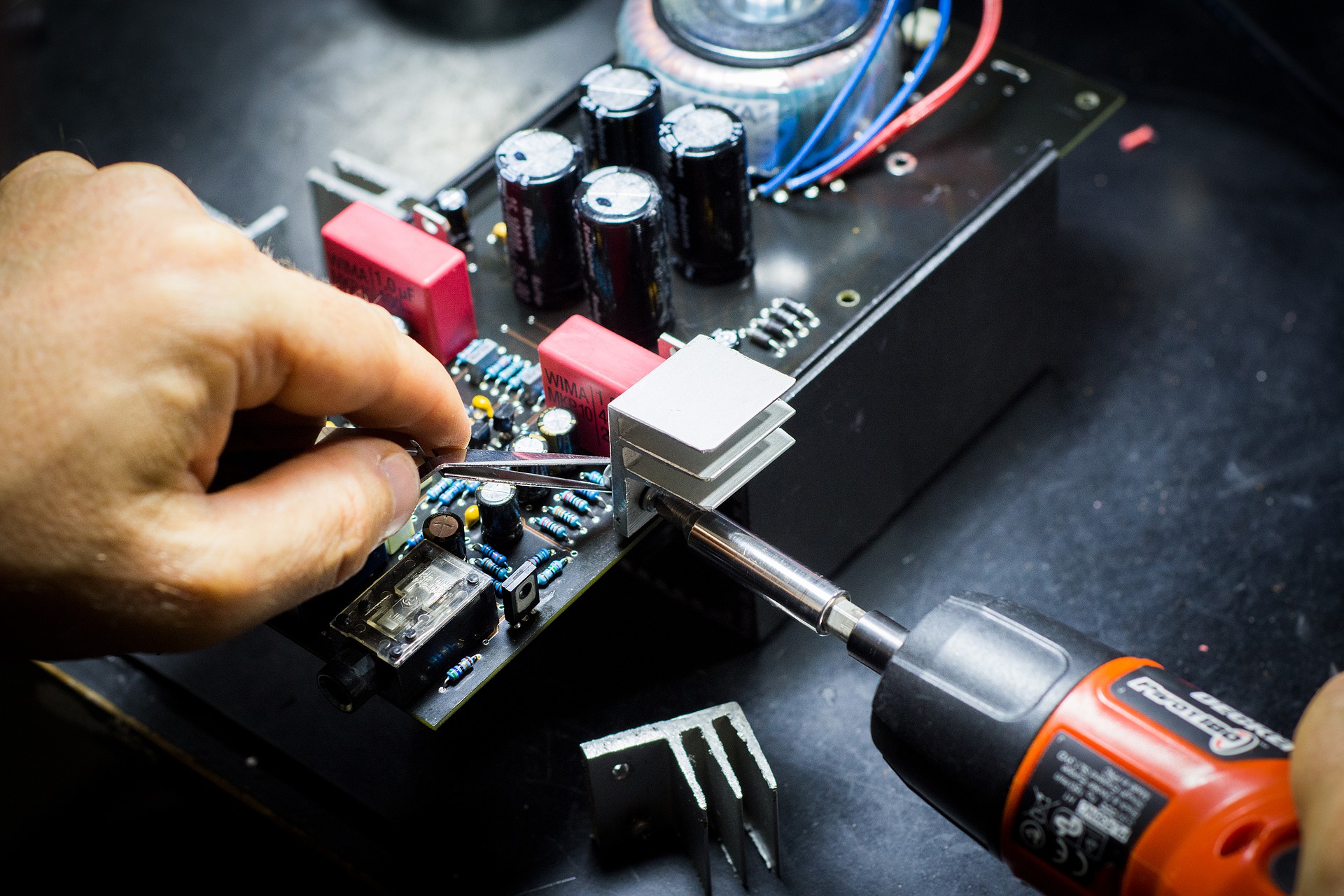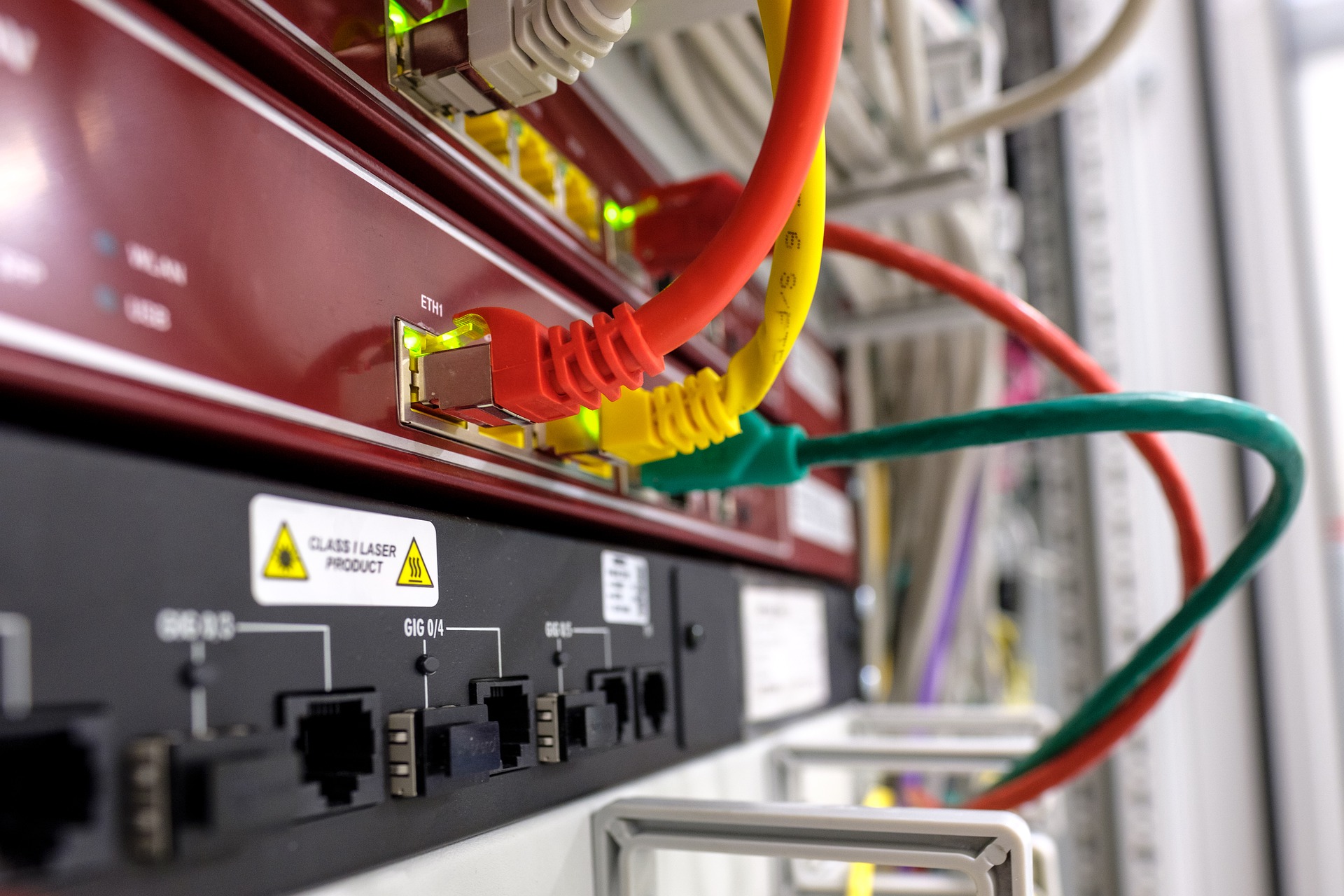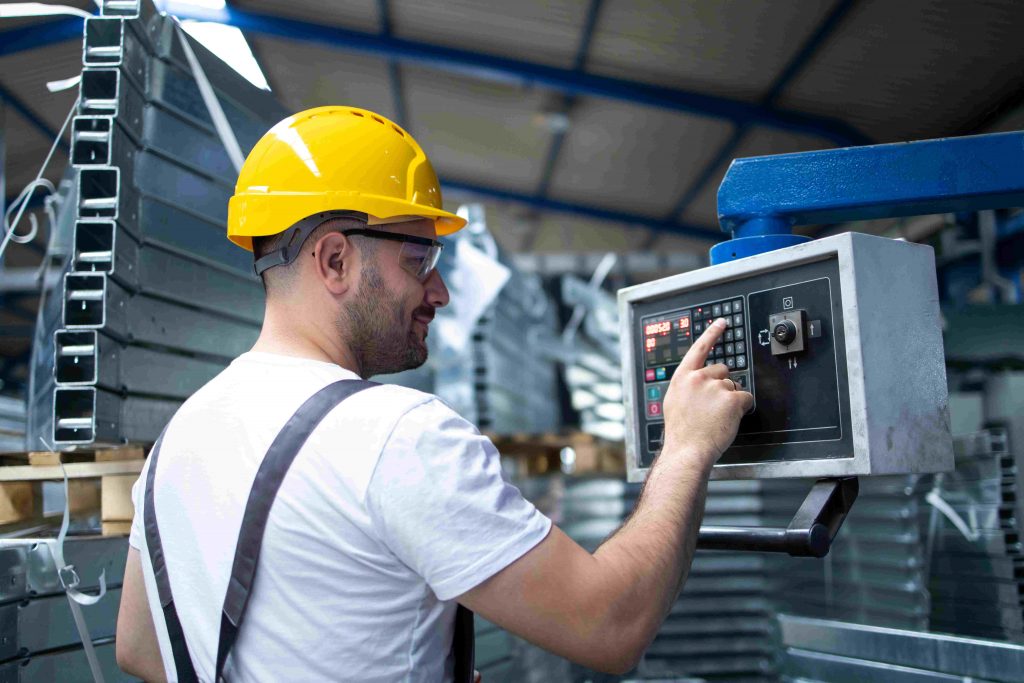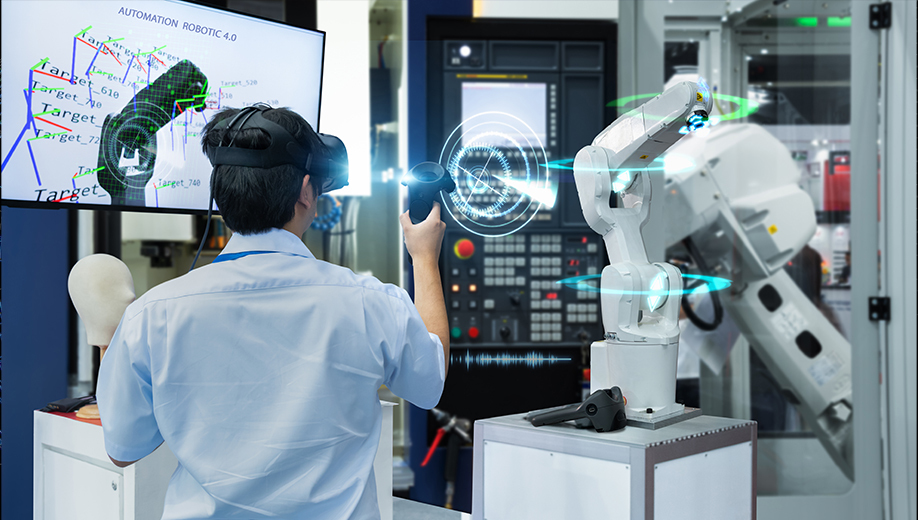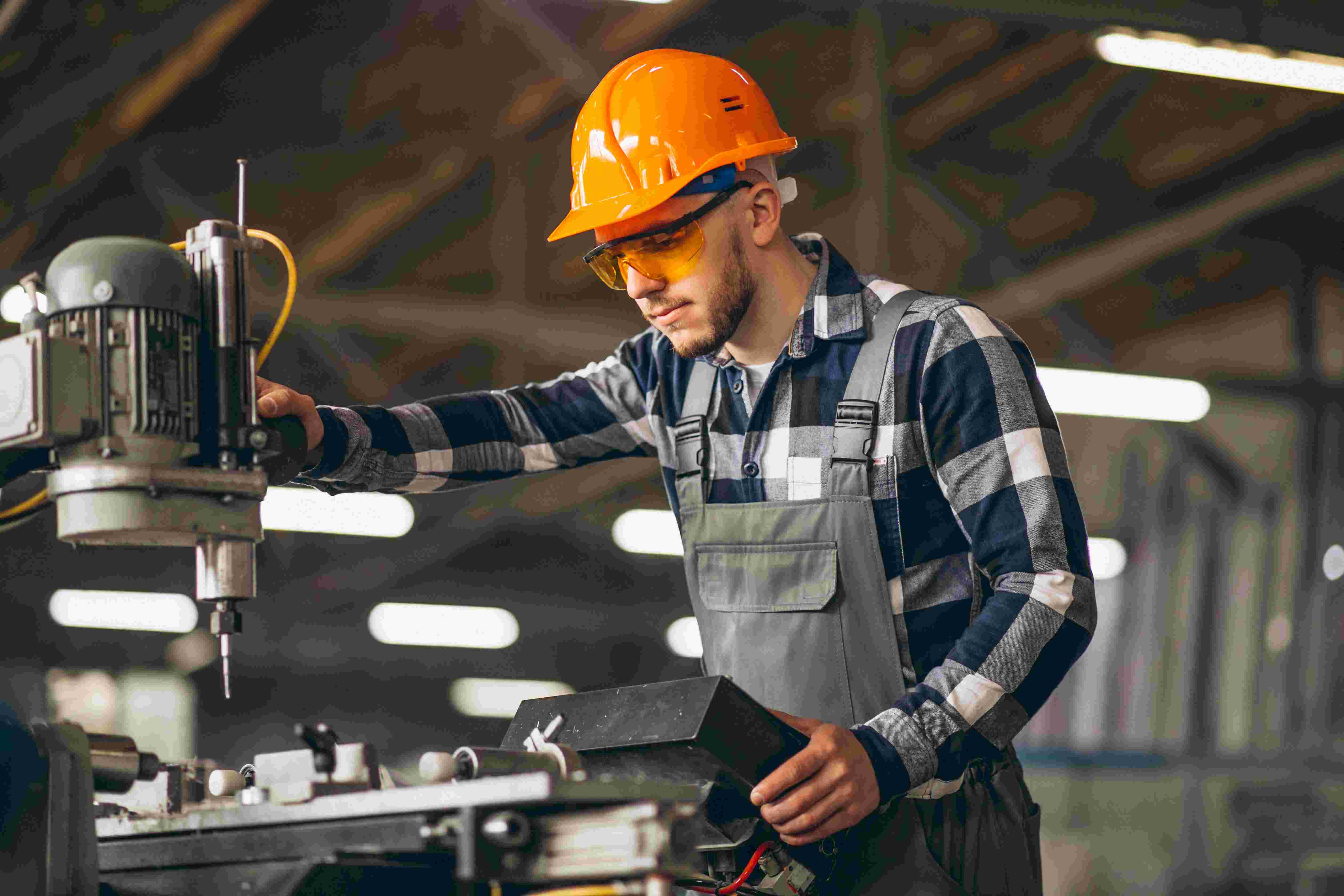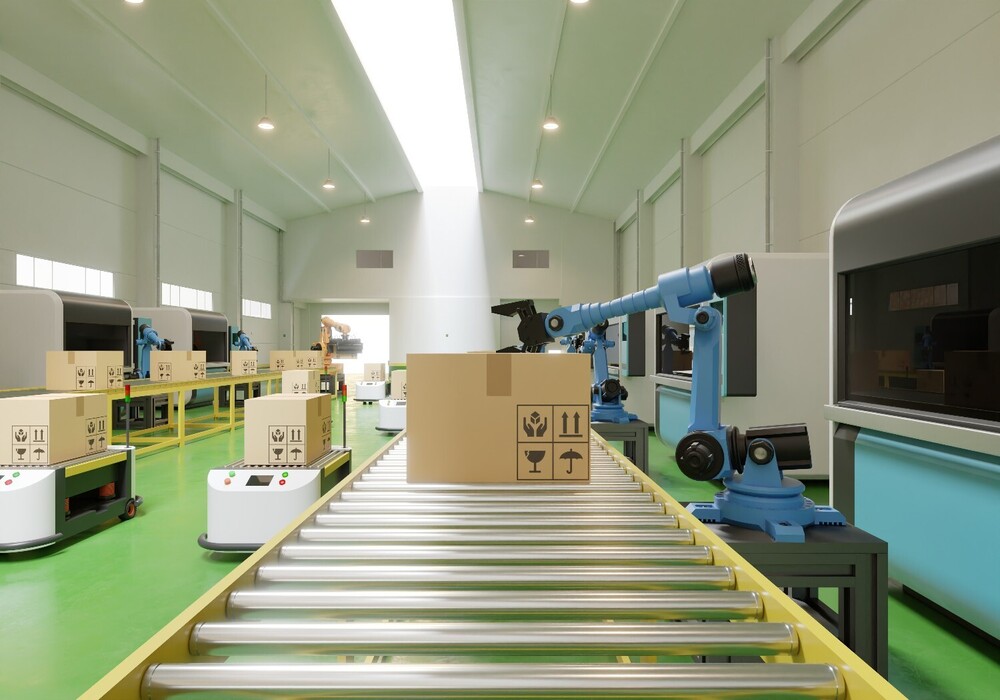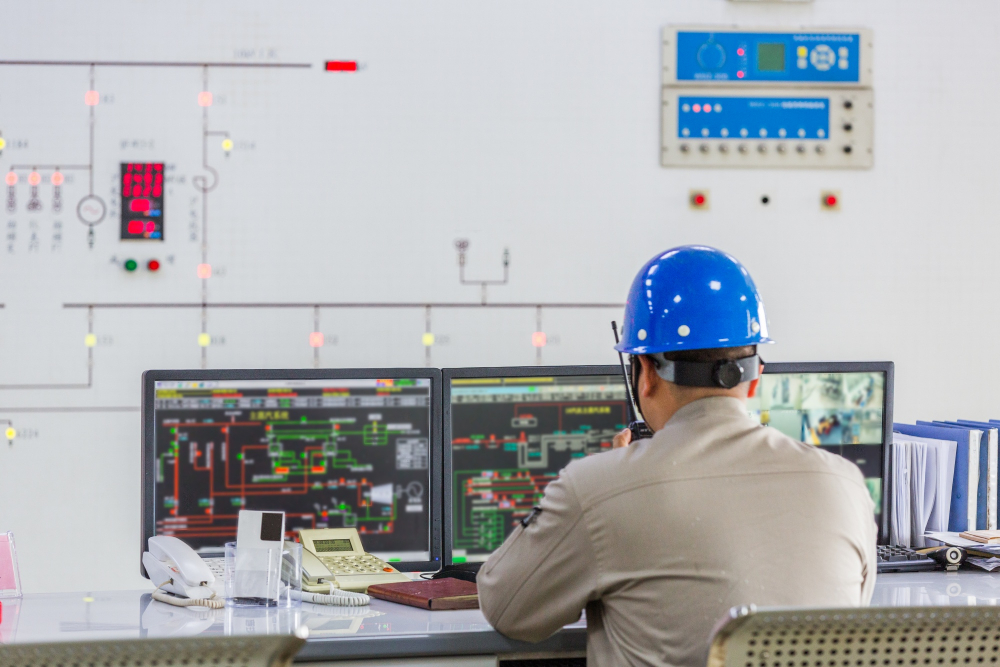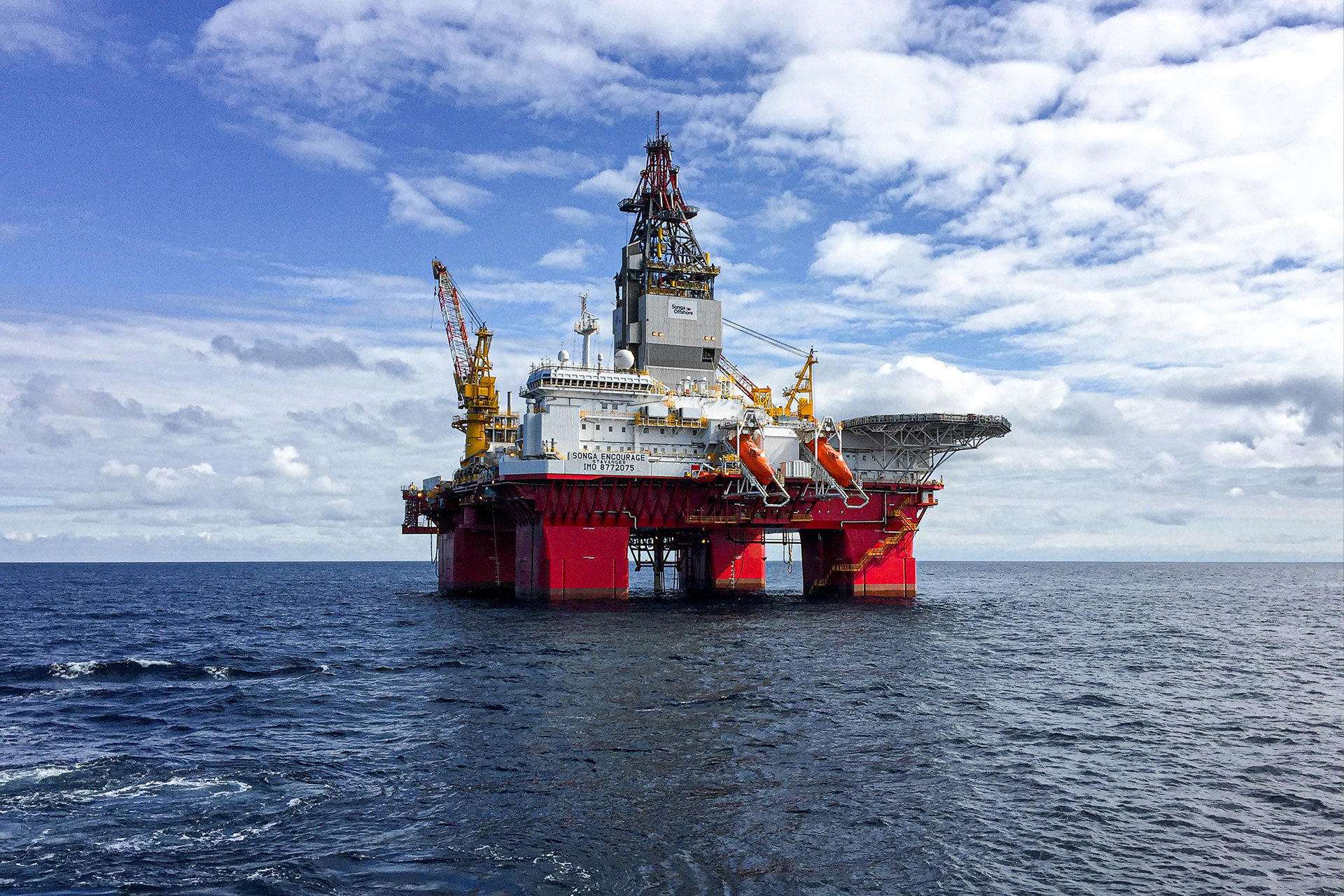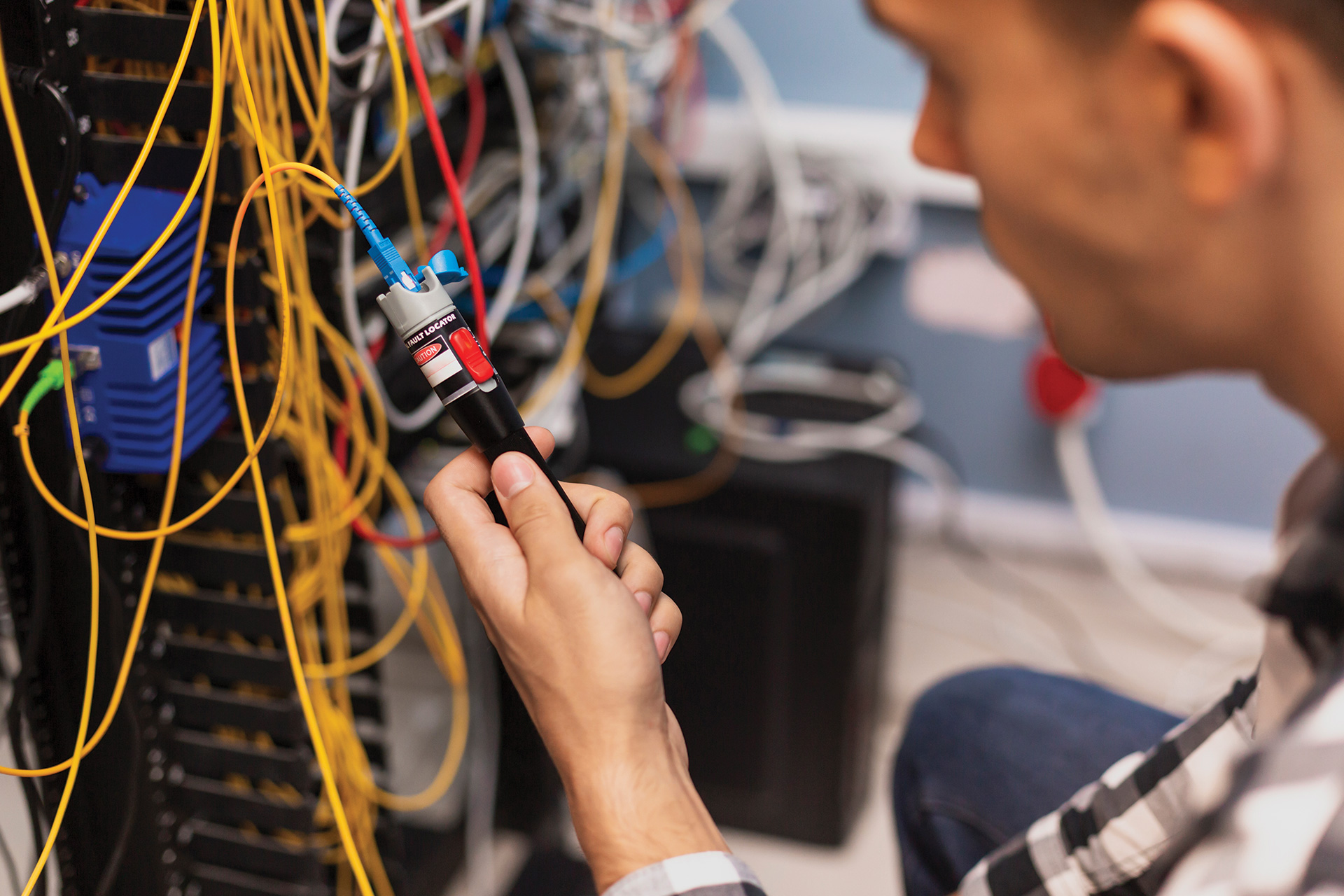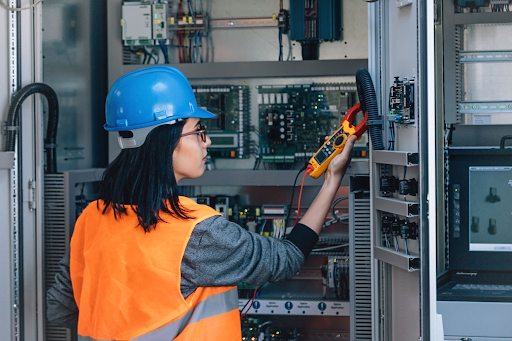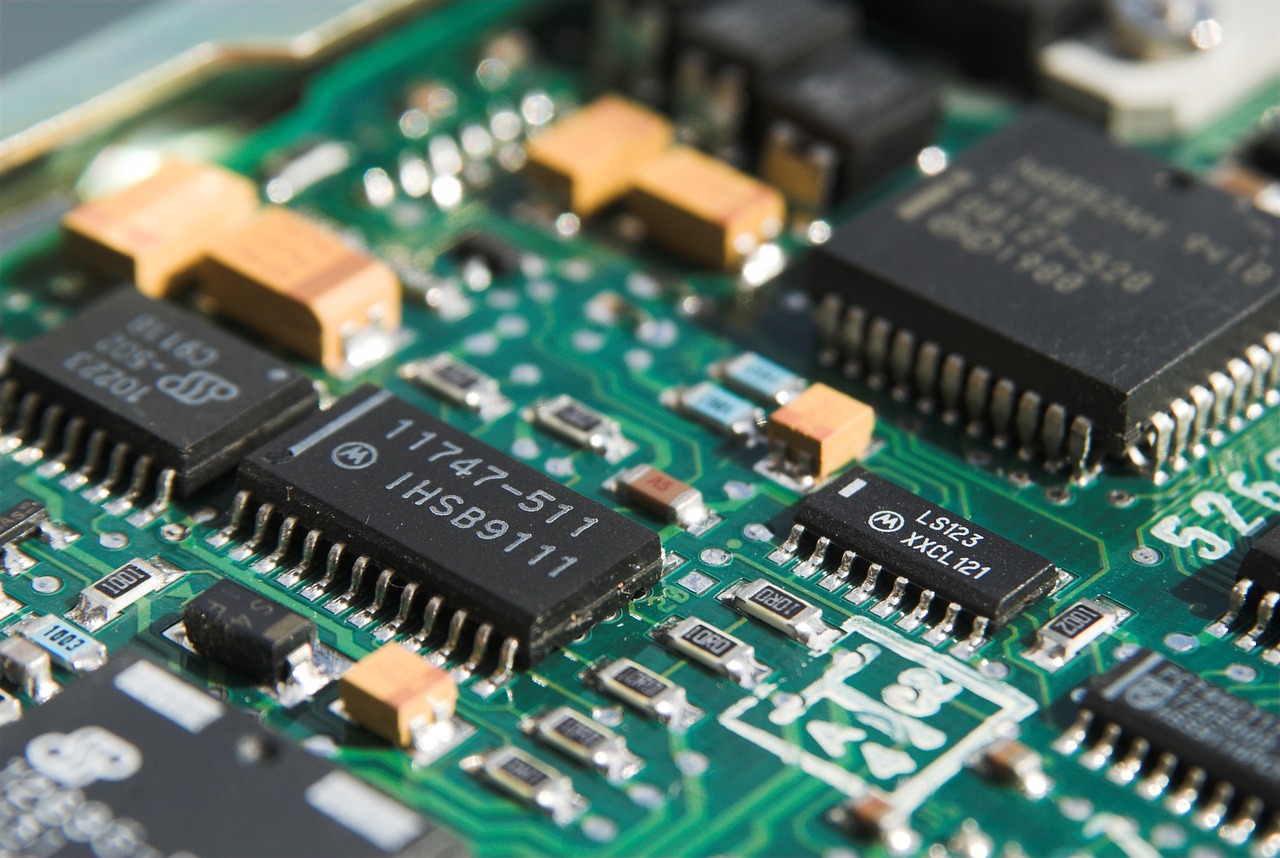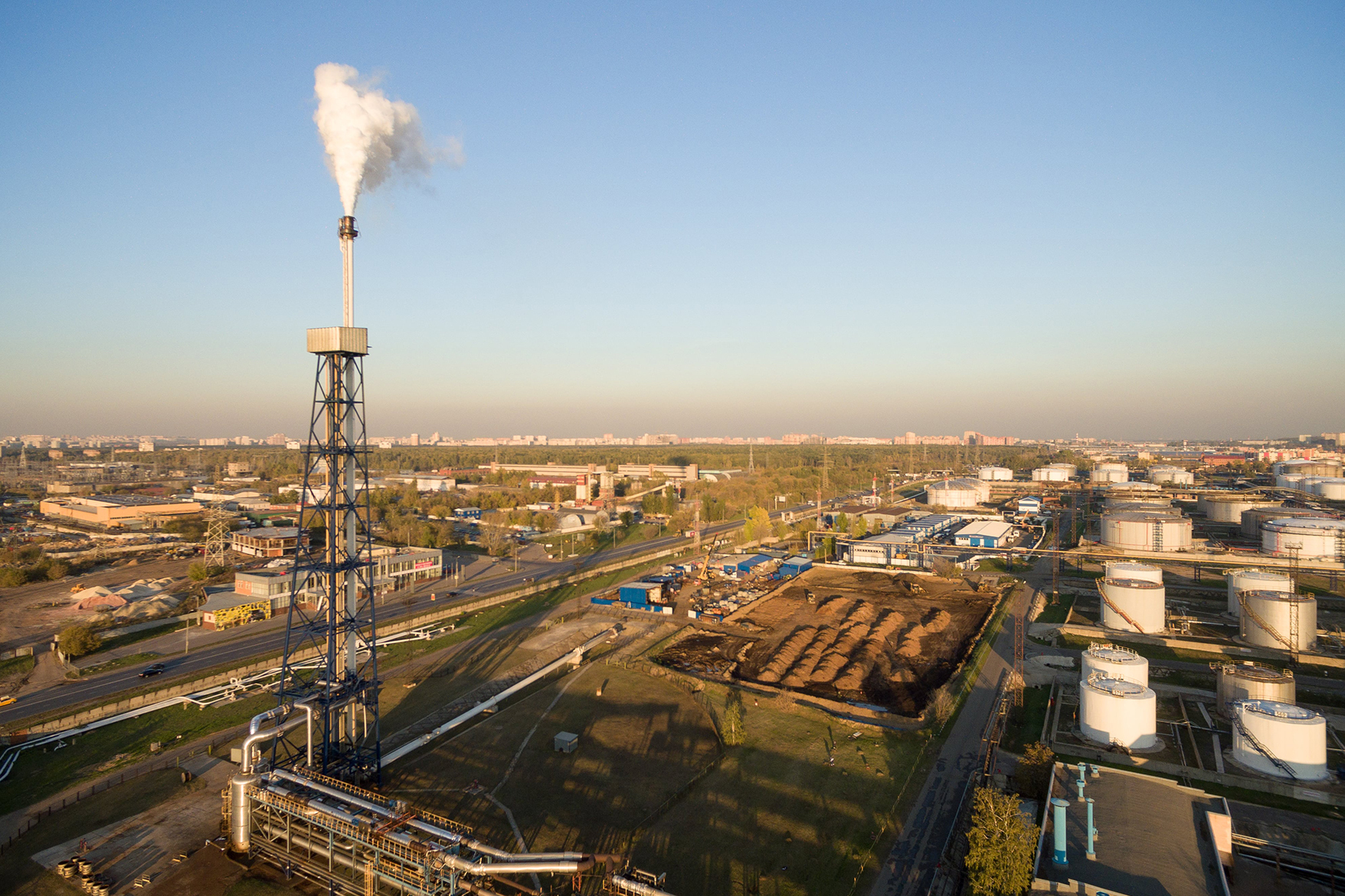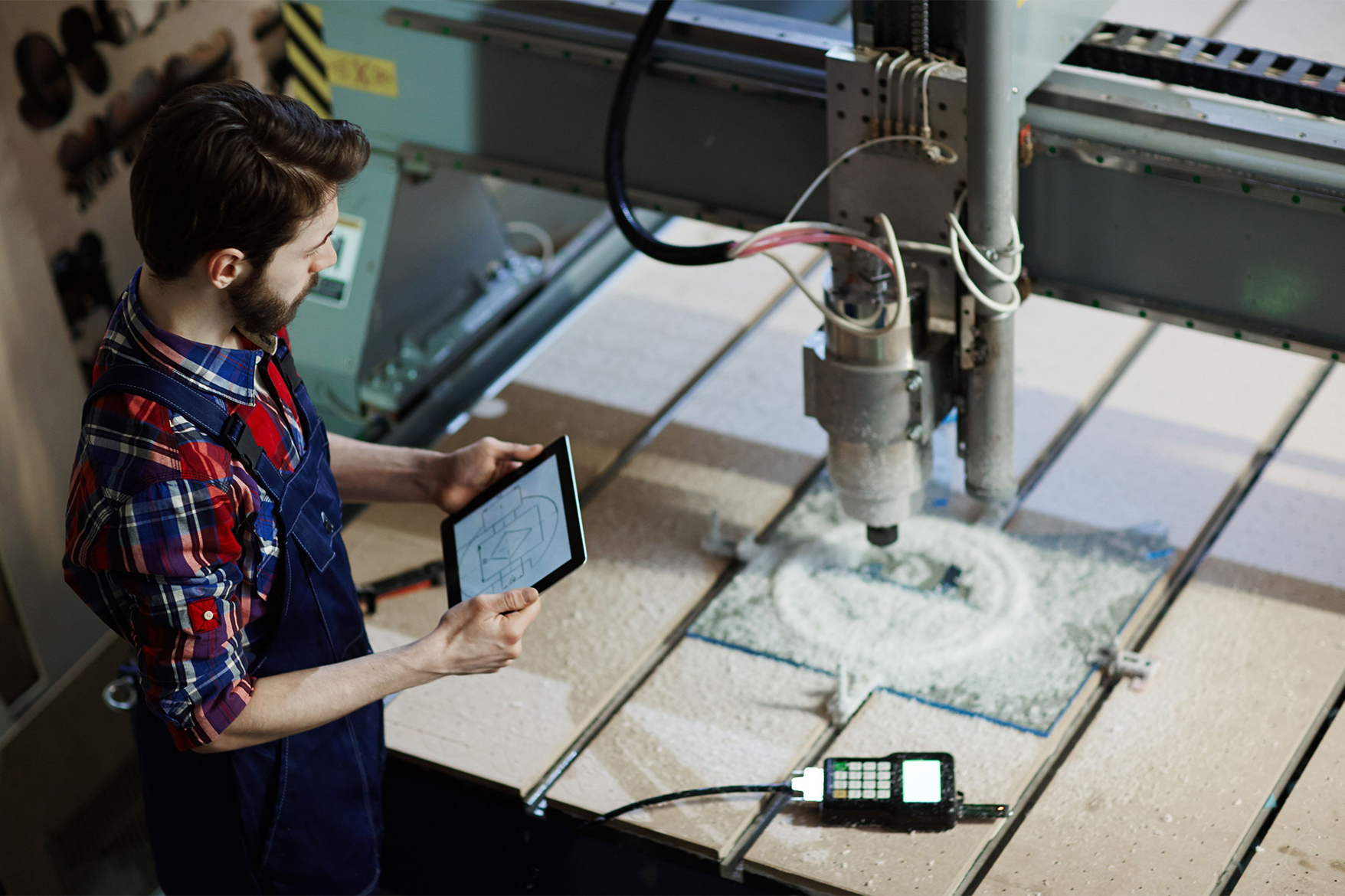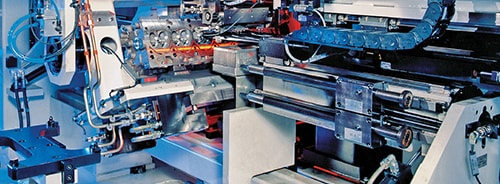In an industrial setting, flammable vapours, gas, airborne dust and fibres are potential explosive materials that under excess heat or electric sparks can cause catastrophic fires and explosions leading to loss of life and property.
When the combination of oxygen, flammable materials and ignition energy are available, fires and explosions occur. The best way to prevent industrial fires is to identify the hazardous areas and minimize the sources of ignitions.
Do you remember the August 4th, 2020 Beirut warehouse explosion in Lebanon that killed nearly 204 with more than 6,500 injuries. An accidental fire in the warehouse where a stash of over 2,000 tonnes of chemical substance was stored without proper safety measures led to the explosion. While the exact cause is still under investigation, this is an example why every chemical, process, manufacturing, energy or power industry should invest in intrinsically safe products to prevent accidental electrical fires.
Design of Intrinsic Safe Products
Many factors come into play when designing an intrinsically safe product. Before that, getting an understanding of an intrinsic safe product, the hazardous areas and its classifications, is necessary.
During normal usage of electrical equipments, internal sparks are created in electrical components like switches, connectors etc. They also create heat as well, both of which are ignition sources for a fire or explosion under certain circumstances.
Intrinsic Safety (IS) is a protection technique adopted by various electrical OEMs to ensure that their products operate in hazardous and potentially explosive areas. Intrinsic safety is achieved by ensuring that the energy available for ignition of explosive substances is well below the energy required to initiate an explosion. An IS certified device or product is designed so that it is incapable of generating sufficient heat or spark energy to trigger an explosion.
Hazardous area classification for explosive gas & dust:
Implementation of the European Union-wide ATEX directive covers explosions from flammable gas/vapours and combustible dust/fibres. Two ways to ensure correct selection and installation of devices/equipments in that environment is to identify the hazardous zones taking into account the area where flammable materials are available and temperature.
Hazardous areas are classified into zones based on the duration and frequency of the occurrence of an explosive gas atmosphere.
- Zone 0: An area in which an explosive gas atmosphere is present continuously or for long periods
- Zone 1: An area in which an explosive gas atmosphere is likely to occur in normal operation
- Zone 2: An area in which an explosive gas atmosphere is not likely to occur in normal operation and, if it occurs, will only exist for a short time
Temperature Classification:
The maximum surface temperature information should also be present on the equipment. This is important, as hot surfaces can be a source of ignition. For equipment used in gas atmospheres, this will be in the form of a ‘T’ rating. There are six categories:

Top Five Thumb Rules of Intrinsic Safe Product Design
Hazardous zones and temperature are the primary considerations for designing an intrinsic safe product. It is best to follow intrinsic safe guidelines from an agency like Underwriters Laboratories (UL), Mine Safety and Health Administration (MSHA), ATEX, and others. We have compiled a list of top five thumb rules that a design engineer must follow.
- Evaluate by Zone:
Identifying and evaluating the different zones in which the apparatus will be used will help in designing the electric circuitry within those equipment.
- Limit Power Sources:
There is considerable demand to design powerful electronic circuits to meet the communication and other digital requirement. It is important to maintain a balance between power consumption and the intrinsic safety needs.
Identifying the power consumption of each entity/cable parameters and designing the circuit as per that is vital. It may involve splitting the total available power into multiple circuits. This allows the electronics manufacturer provide the maximum amount of power required to drive those portions of the circuit that need the power without compromising safety.
- Electrical Ratings for Semiconductors
As a rule, the datasheets provided by the manufacturers specifies an absolute maximum power dissipation rating for the semiconductor components. These ratings will not however reflect the actual real-world settings where the components are installed in the applications. Hence the electrical rating of components should be 1.5 times of maximum fault power condition when designing.
- Thermal Rise Characteristics of Power-Dissipating Components
In a semiconductor device, the power dissipated causes a temperature rise. To design an intrinsically safe product, the maximum temperature of the component when dissipating power at a specified ambient temperature should be 1.5 times of maximum fault power condition.
- Energy-Storing Components
By ensuring that only low current and voltage components are used in the hazardous areas of the equipments, we can restrict the possibility of ignition by either electrical or thermal energies. Some of the energy storing components like inductors and capacitors need to be selected carefully by considering the ignition risks involved. Encapsulation and correct placement of these components in the circuitry may protect circuits against spark ignition.
Conclusion
The likelihood of fires and explosions in a hazardous operating condition is high. However, operating with an intrinsically safe equipment design will definitely reduce your chances of an explosion within a device. Having the devices meet the appropriate regulatory standards like ATEX, IECEx and NEC will increase the overall safety of the final product, which increases the level of protection of life and property in hazardous operating environments.
Feel free to contact our design engineers for high-quality hazardous area certified products!

